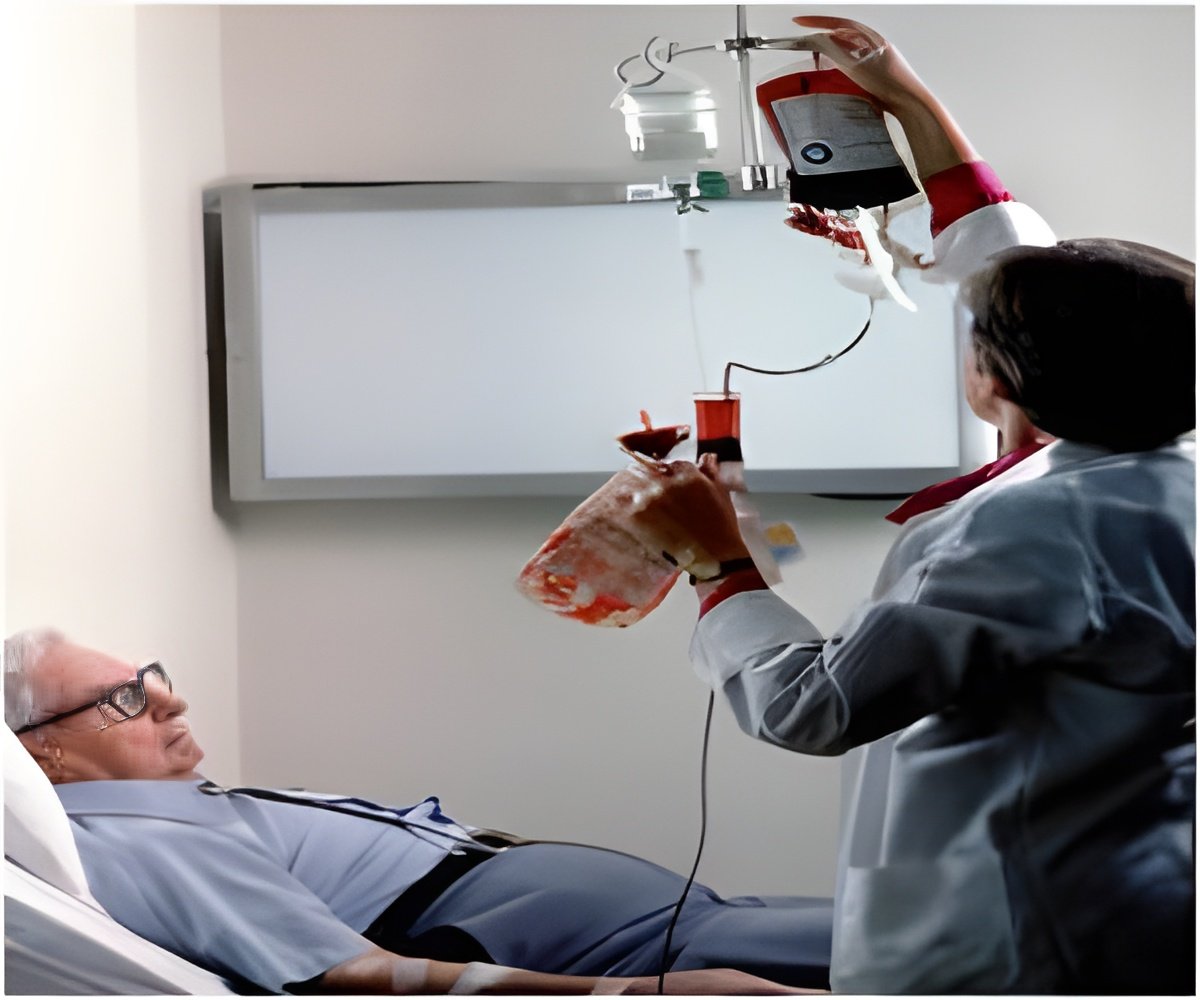Duke University Medical Center researchers have called upon doctors to be vigilant against the ‘triple low’ factors in patients recovering from surgery.

The three factors are the median arterial pressure (MAP), median anesthetic concentration (MAC) and the bispectral index (BIS). The BIS is a complex mathematical algorithm that measures the effects of anesthetic drugs on the brain and tracks a patient’s level of sedation.
“The take-home message is that physicians who learn about this triple-low set of factors should be alert to the needs of such a patient after surgery and watch for potential problems or avoid the triple-low combination in the first place,” said Tong J. Gan, MD, MHS, Duke professor of anesthesiology and lead author of the study presented at the American Society of Anesthesiologists meeting in Chicago on October 19.
The researchers conducted this study because they had seen small studies that indicated these values had predictive power and wanted to look at data from a much larger sample. They studied data from nearly 20,000 patients who underwent procedures that weren’t related to heart disease. Even after adjusting for patient age and patient risk profile, the findings held up.
Risk was even high in one of the “double low” groups: if a patient had low MAC and low BIS values, the risk of death in the first year after an operation remained significant.
Anesthesiologists are the first-line doctors who monitor patients closely and would see these values in patients during surgery.
Advertisement
Source-Medindia







